
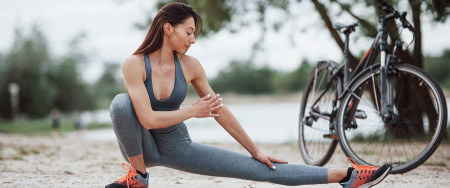
Adductor Strain in Athletes
A common ailment among athletes and those who are interested in fitness, an adductor strain can have a substantial influence on an individual's performance as well as their day-to-day activities. To realise one's full potential in terms of both physical health and performance, it is essential to have a solid understanding of the mechanisms behind the avoidance of adductor strain. In this piece, we will go over several professional pointers and strategies that can assist athletes and those who are interested in fitness in protecting themselves from adductor strain.
Acquiring an Understanding of the Adductor Muscles
The adductors are a group of muscles that may be found on the inner portion of the thighs. These muscles go by the name adductor longus. Movements such as bringing the thigh closer to the centre of the body, for example, rely heavily on them as a very vital component. Strain to the adductor muscles happens when they are overstretched or torn, which typically happens as a result of making abrupt changes in direction, jumping, or kicking. People can learn how to keep their adductor muscles from getting strained if they are aware of how the adductor muscles are created and what they are responsible for.
The Importance of Taking Precautions to Avoid Adductor Strain
For those who participate in athletics and fitness activities, avoiding adductor strain is of the utmost significance. This injury can cause discomfort, edoema, and decreased mobility, all of which can affect athletic performance as well as activities that are performed in daily life. Failure to take preventative measures might lead to chronic adductor problems as well as longer timeframes required for recuperation. People can keep up their active lifestyles while simultaneously lowering their risk of adductor strain if they make prevention their top priority.
Professional Recommendations for Avoiding Adductor Strain
1. The warm-up
It is essential to perform proper body warming prior to participating in any kind of physical activity. This can be accomplished by performing moderately strenuous aerobic exercises such as jogging or cycling.
2. Stretching Techniques
Here are some stretching exercises that can help with adductor strain:
Butterfly stretch
- Begin by sitting on the ground with your back in a neutral position and the soles of your feet touching in front of you.
- Keep your hands around your ankles or feet and pull yourself up.
- While maintaining your back straight, press your knees down towards the floor in a gentle and controlled manner.
- After you have held the stretch for twenty to thirty seconds, you can release it.
- Perform the stretch anywhere from three to five times in total.
Seated Groin Stretch:
- Place yourself on the ground in a seated position with your legs stretched out in front of you.
- Make a slow bending motion with your knees while simultaneously bringing the soles of your feet together.
- Keep your hands around your ankles or feet and pull yourself up.
- Put some light pressure on your knees and try to bring them down to the floor.
- After you have held the stretch for twenty to thirty seconds, you can release it.
- Perform the stretch anywhere from three to five times in total.
Standing Adductor Stretch:
- Maintain good posture and space your feet about the width of your shoulders apart.
- Take a big step to the side with your right foot out to the side.
- Shift your weight to your right side and bend your right knee while keeping your left leg straight.
- Move your torso towards the right side in a slow and controlled manner until you feel a stretch in the inner left thigh of your left leg.
- After you have held the stretch for twenty to thirty seconds on one side, switch sides.
- Stretching out on the left side should be done anywhere from three to five times in total.
Lunge Stretch:
- To begin, assume a lunge position with your right foot in front of your left knee while your left knee is resting on the ground.
- Maintain a straight back and steadily move your weight forward while bringing your hips closer to the ground. Keep your back straight.
- You ought to feel a stretch in the inside part of your left leg.
- After you have held the stretch for twenty to thirty seconds on one side, switch sides.
- Stretching out on the left side should be done anywhere from three to five times in total.
Strengthening Exercises
Building strength in the adductor muscles is key to preventing strain. Incorporating exercises like side lunges, clamshells, and hip adductor machine workouts into a regular training routine can improve adductor muscle strength and stability. Resistance training and functional movements also play a vital role in overall muscular balance and injury prevention.
Standing Adductor Squeeze:
- To begin, assume a lunge position with your right foot in front of your left knee while your left knee is resting on the ground.
- Maintaining a standing position with your feet spaced out to the width of your shoulders and a resistance band looped around your legs just above your knees is the starting position for this exercise.
- Activate the muscles in your core and bring your legs closer together while working against the resistance of the band.
- The squeeze should be held for five to ten seconds, and then it should be released.
- You should aim to complete 10–15 repetitions, eventually building up to more as your strength develops.
Ball Squeeze:
- To begin, assume a lunge position with your right foot in front of your left knee while your left knee is resting on the ground.
- Sit on a chair or a stability ball with your feet planted firmly on the ground and your knees bent to a right angle (90 degrees).
- Put a tiny ball (either an exercise ball or a cushion) in the space between your knees.
- Engage your core muscles and squeeze the ball between your knees to apply pressure.
- The squeeze should be held for five to ten seconds, and then it should be released.
- You should aim to complete 10–15 repetitions, eventually building up to more as your strength develops.
Hip Adductor Machine:
- To begin, assume a lunge position with your right foot in front of your left knee while your left knee is resting on the ground.
- If you have access to a hip adductor machine at your gym, use it.
- Place a pad against the small of your back while you sit on the machine, and then adjust the weight resistance as needed.
- Position your feet shoulder-width apart and your legs on the pads provided. Hold this position for a few moments.
- Engage the muscles in the centre of your body and squeeze your legs inward to bring the pads closer together.
- Releasing your grip gradually while returning to the beginning posture is the next step.
- You should aim to complete 10–15 repetitions, eventually building up to more as your strength develops.
Techniques and body mechanics that should be used
When participating in physical activities, it is possible to considerably lower the risk of adductor strain by employing appropriate technique and preserving sound body mechanics. Athletes and those who are interested in fitness should concentrate on keeping their alignment, balance, and control while they are moving. It is possible to alleviate excessive tension on the adductor muscles by actively engaging the core muscles and avoiding quick, jerky motions.
Methods of Relaxation and Recuperation
The importance of getting enough sleep and recovering from injuries cannot be overstated. The body is able to recover itself and rebuild muscular tissue when there is adequate rest time between workouts. Further promotion of muscular relaxation and prevention of overuse problems, including adductor strain, can be accomplished by incorporating recovery treatments such as foam rolling, massage, and active recovery exercises.
Additional Things to Take Into Account for Athletes
- Training and Conditioning Tailored Specifically to Sports
Athletes participating in particular sports should modify their training in order to reduce the risk of adductor strain. For instance, soccer players may benefit from agility drills that resemble cutting and changing direction quickly, whereas runners may focus on workouts that increase the stability and flexibility of their hips. Training and conditioning that are specific to a sport are absolutely necessary in order to get the body ready for the rigours of each activity.
- Tuning in to What Your Body Tells You
When it comes to injury prevention, paying attention to the warning indications that the body sends out is of the utmost importance. Individuals who suffer chronic discomfort, pain, or anomalous sensations in the adductor region should not ignore these signs if they wish to avoid further medical complications. In its place, they should take a step back, rest, and seek proper medical guidance in order to prevent further injuries and encourage prompt recovery.
Share views on Adductor Strain in Athletes
Please keep your views respectful and not include any anchors, promotional content or obscene words in them. Such comments will be definitely removed and your IP be blocked for future purpose.
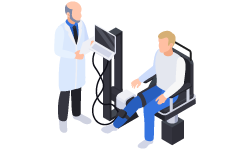

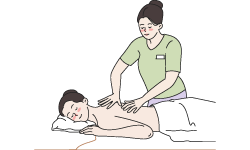
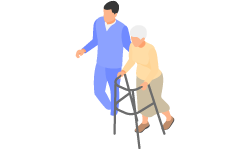
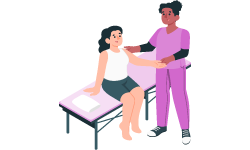

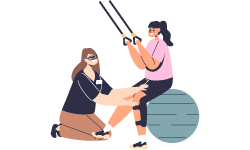
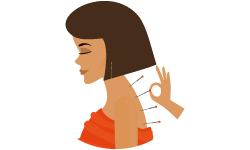
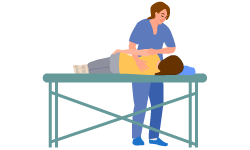
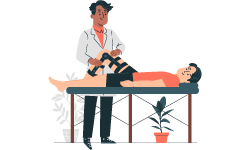
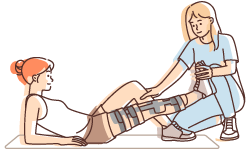
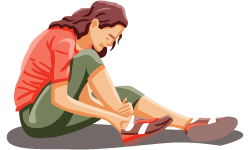

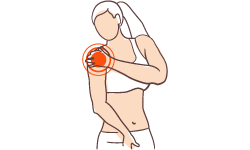
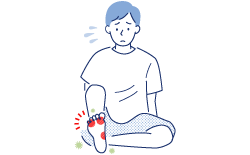

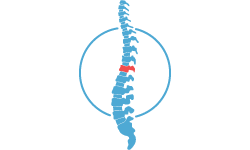
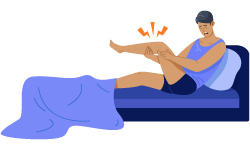
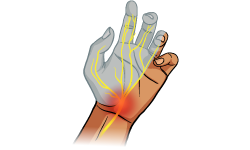
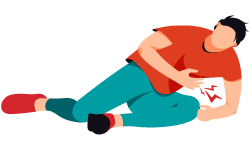

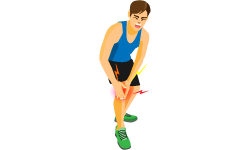
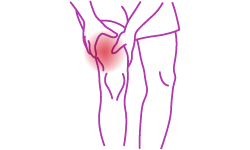

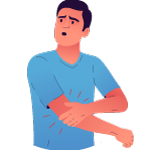

 1st Feb 2024
1st Feb 2024
 23rd Jul 2023
23rd Jul 2023
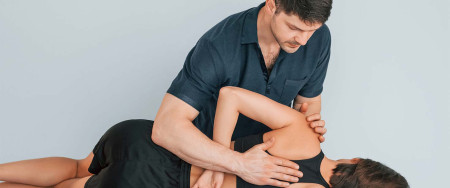 23rd Jul 2023
23rd Jul 2023
 18th Jul 2023
18th Jul 2023
 16th Jul 2023
16th Jul 2023